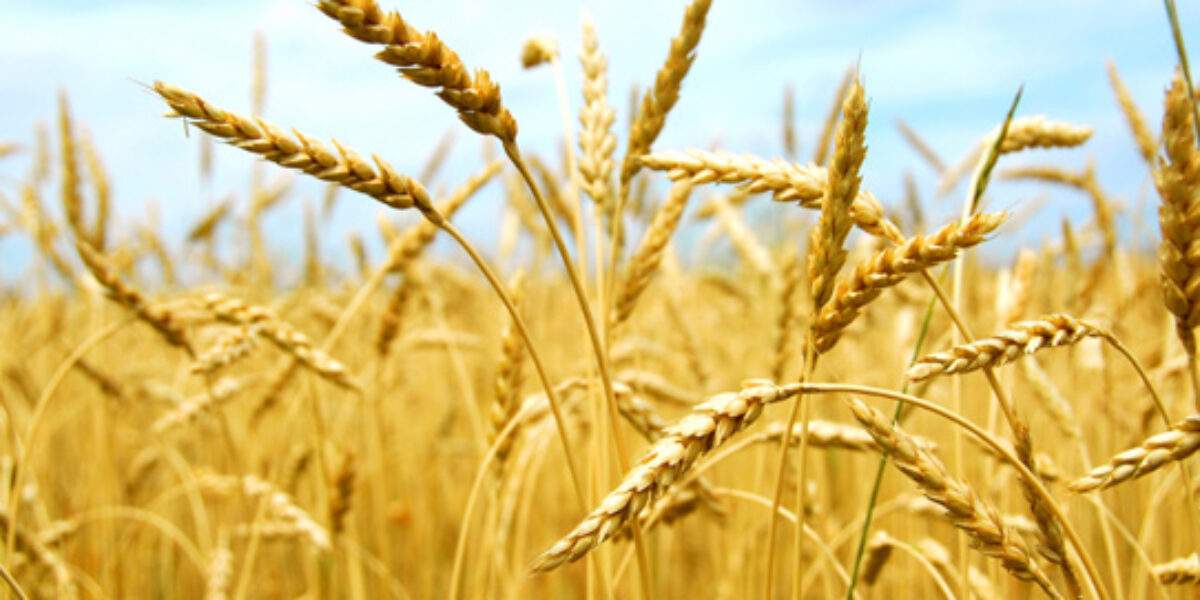The covenant defined God’s relationship with his people, and Shavuot celebrates this covenant relationship that appears in Exodus 24.
Shavuot (the plural version of the Hebrew word shavuah, or “week”) is the third and last of the annual, weeklong biblical pilgrimage festivals to the holy Temple in Jerusalem, the capital of the Israelites. Many scholars think that Shavuot has roots in the harvest cycles of the ancient Near East—as they believe is the case with the festival’s predecessors, Sukkot and Pesach. Shavuot occurs in the late spring, a time of harvest for many fruits and vegetables in the land of Israel to this day.
There is an interval of exactly seven weeks between the start of Pesach and the beginning of Shavuot, which marks the climactic fiftieth day of this sacred period. The number seven is of special significance in the Jewish tradition, most famously, perhaps, as it relates to the seventh day of Creation described in the Torah: the day on which God rested from labor. For millennia, this seminal moment in the Bible—Shabbat, the Jewish Sabbath—has been honored and observed on the seventh day of each week by Jews around the world.
In the absence of any major holy periods prior to the Days of Awe in the fall, Shavuot functions as a kind of capstone to, and climax of, the Hebrew calendar. It is a time of great joy, but also of profound sanctity. The association of the number seven with the festival of Shavuot is clearly no accident.
All this suggests that Pesach and Shavuot should be seen not as separate and distinct festivals, but rather as an interconnected unit: from the mythic, ritualized journey from Israel’s physical birth as a people (the Exodus events of Passover) to its spiritual birth in the wilderness of Sinai. This has interesting similarities, certainly structural ones, to the ten-day “pilgrimage” experience from repentance to reconciliation that a Jew is obliged to make between Rosh Hashanah and Yom Kippur. It reinforces the idea that the Jewish calendar—in its totality—ought to be viewed as a tightly woven, theologically organic system, not as a series of disconnected holidays.
After the Romans sacked Jerusalem and destroyed the Second Temple in the year 70 B.C., Shavuot—like the two other pilgrimage festivals—had to be reinvented if it was to survive in the new, ever-shifting Diaspora. The priests had been slaughtered, and animal sacrifice and harvest offerings could no longer serve as practical forms of Jewish religious expression. Shavuot, therefore was transformed by the rabbis into a sacred period with rituals and practices that could be observed any place in the world, from the Middle East to North Africa, to Europe, to the Iberian Peninsula.
At its core, Shavuot celebrates the giving—and the receiving—of the covenant at the foot of Mount Sinai. This is the festival’s overarching theme: the eternal and reciprocal, relationship between God and the people of Israel. The Israelites did not have to accept the mitzvot, the laws, statutes, and practices that constitute the fabric of Jewish life. As newly freed men and women, they could have rejected them outright. And yet, with the words “We will obey the LORD and do everything he has commanded!” (Exodus 24:7, CEV), the Israelites choose affirmation and obedience over negation and distrust. They view the covenant as a blessing, not a burden. They select interdependence over solipsism.
Communal worship is a major component of Shavuot observance (as it is with all major festivals and holy days). It should come as no surprise that many of the religious practices connected with this period reflect the festival’s core theme of the covenantal relationship between God and the Jewish people—a relationship that is special and unique, but not “better” than God’s relationships with other peoples. One powerful expression of the commitment of Israel to God is the widespread practice of rising and standing together as a congregation at worship services during the chanting of the Ten Commandments. This mirrors the fact that the ancient Israelite’s accepted the Torah’s mitzvoth as a group, according to Exodus 24:3).
Another practice that is meant to symbolize and express the idea of mutual obligation at the heart and soul of any covenantal relationship is that of the mystical “marriage” ceremony on Shavuot. This ceremony, little known among Jews of Eastern European descent but popular among Jews from North Africa, Turkey, and the Middle East, mirrors the traditional Jewish wedding ritual itself. At some point during the festival, a chupah, or wedding canopy (usually a large prayer shawl attached to four poles), is held aloft, and a ketubah, or marriage contract, is signed by a representative from the community. The “contract” on Shavuot does not describe practical matters like dowries, but rather the vital importance of love, fidelity, and shared responsibility in this union between God and Israel. After the document is signed, men and women celebrate the covenant with God as they would celebrate their own marriage to another human being.
Divine revelation is intimately linked with the idea of sacred covenant. From this interconnection comes the tradition of studying some aspect of the Jewish religion on Shavuot’s very first night in a session that can (and often does) last until dawn. When spiritual ideas are disclosed to us, it is as if each one of us is shown a small glimpse of that great and original revelation at Sinai. There is an actual “countdown” to this moment, to the start of the festival of Shavuot, known as the Counting of the Omer. Originally, the omer was a biblical form of measurement often associated with harvest periods. So for 49 days, from the start of Passover until that first night, we symbolically “mark” one omer per day until we reach, as we noted at the outset, the climactic, joyful fiftieth day, the beginning of Shavuot.




